While there is no “art” in the word “architecture”, there certainly is art in architecture. Countless times we’ve witnessed how architecture turns a brick and mortar structure into something beyond the sum of its parts. The works of Frank Gehry, Dame Zaha Hadid, and I.M.Pei are only a few of the most famous examples of how architecture is manifested as a work of art. But as amazing as monumental works like Frank Gehry’s Walt Disney Concert Hall or Dame Zaya Hadid’s Heydar Aliev Center may be, what about residential architecture? How can you bring art into your home's architecture and incorporate it into its design?
Homeowners love to stylize their homes and make them wholly unique and personal. This is accomplished through a variety of design decisions such as the layout of rooms, the lighting, colors, and shapes that all come together to make a unique environment. For homeowners who see art as the living, evolving, and multi-disciplinary expression that it is, James Turrell has become a household name from the East Coast to the West.
While most of his artistic accomplishments are on a large scale and not made to adorn residential buildings, you can see Turrell’s compact work in several prestigious estates. His work with light has made him a renowned artist. Tours of many celebrity homes, like those of Kendall Jenner and Cara Delavingne, often include a James Turrell light installation and receive a deliberate spotlight.
A Little About James Turrell
James Turrell is among the pioneers of the Light and Space artistic movement. Other famous visionaries of this movement include Mary Corse, Robert Irwin, and Larry Bell. He also has countless masterpieces of architecture design under his belt that would be hard to do justice in one sitting. You can find many of Turrell’s installations and architectural designs all over the country as well as overseas.
After graduating with a bachelor’s degree in psychology, Turrell began working with light projection and was simultaneously studying in the Studio Art graduate program at the University of California, Irvine. This is what led him to develop an interest in the art of lighting and form. Afterward, he began collaborating with all manner of artists to experiment with light projection. During these years he developed his unique signature in working with light design and that is why today the world is witness to some of his most iconic works of art.
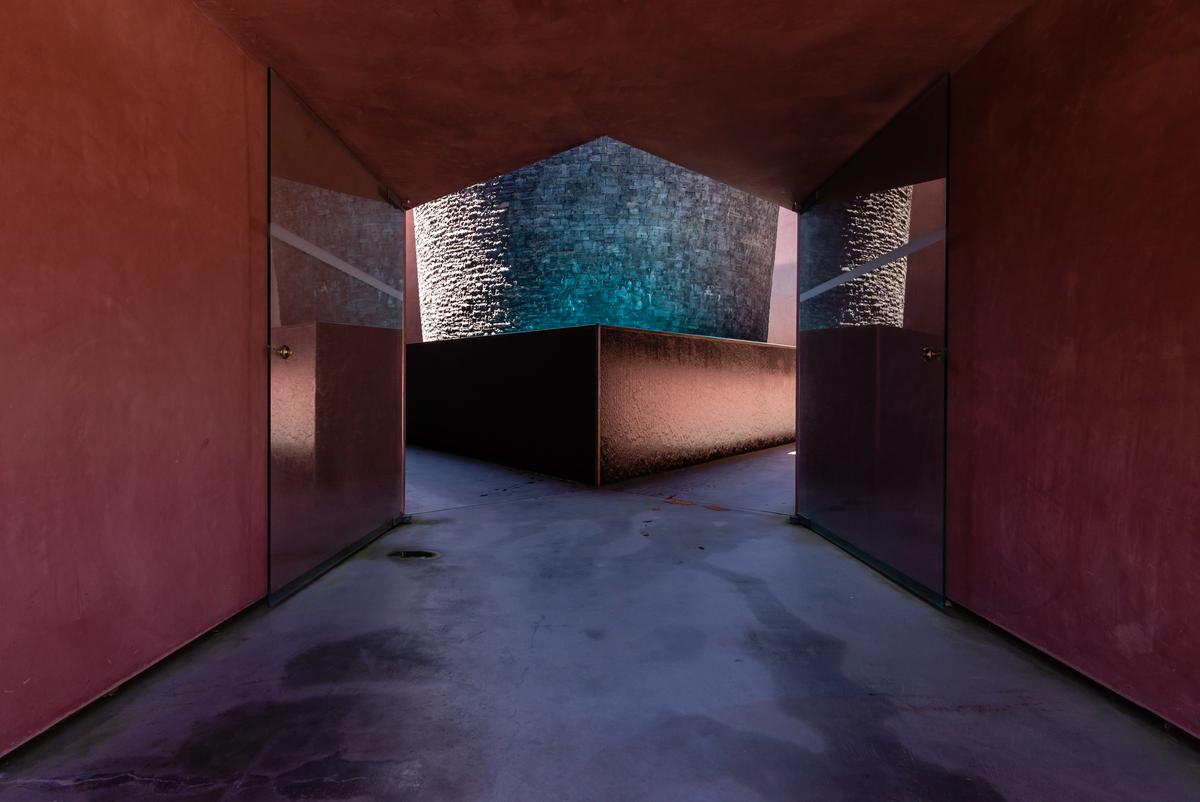
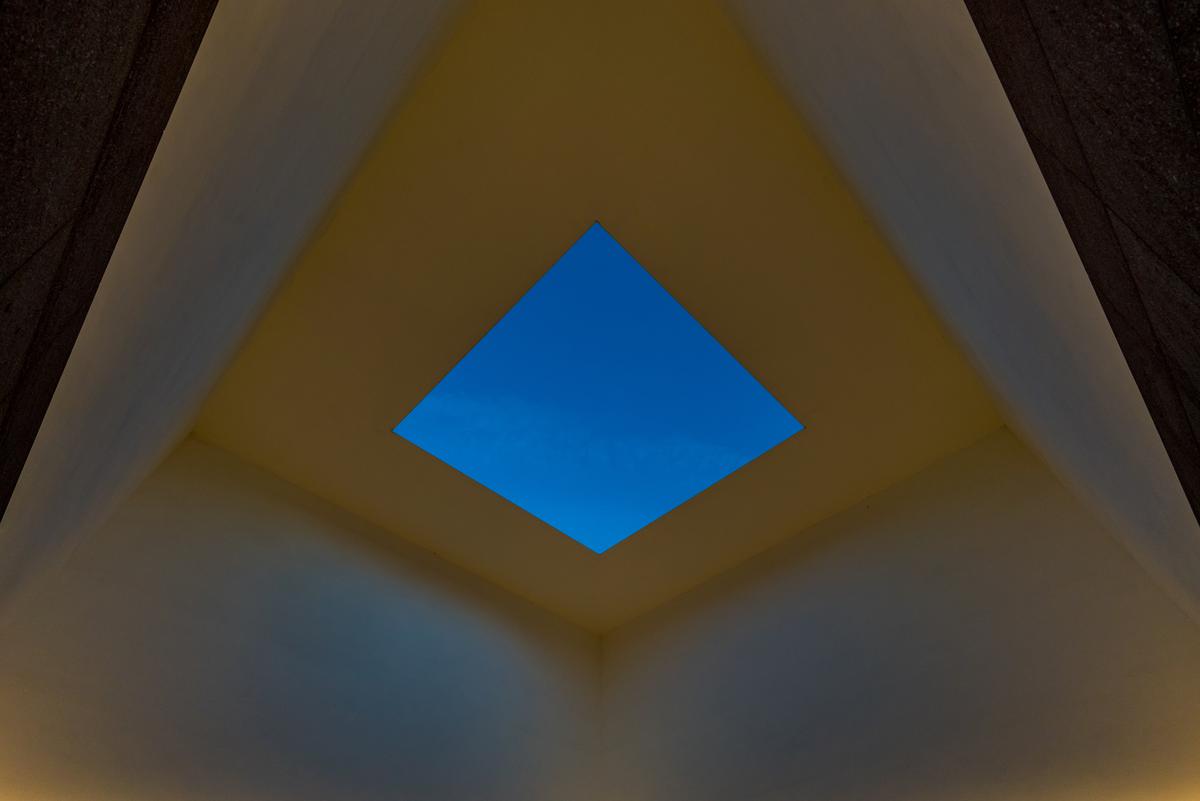
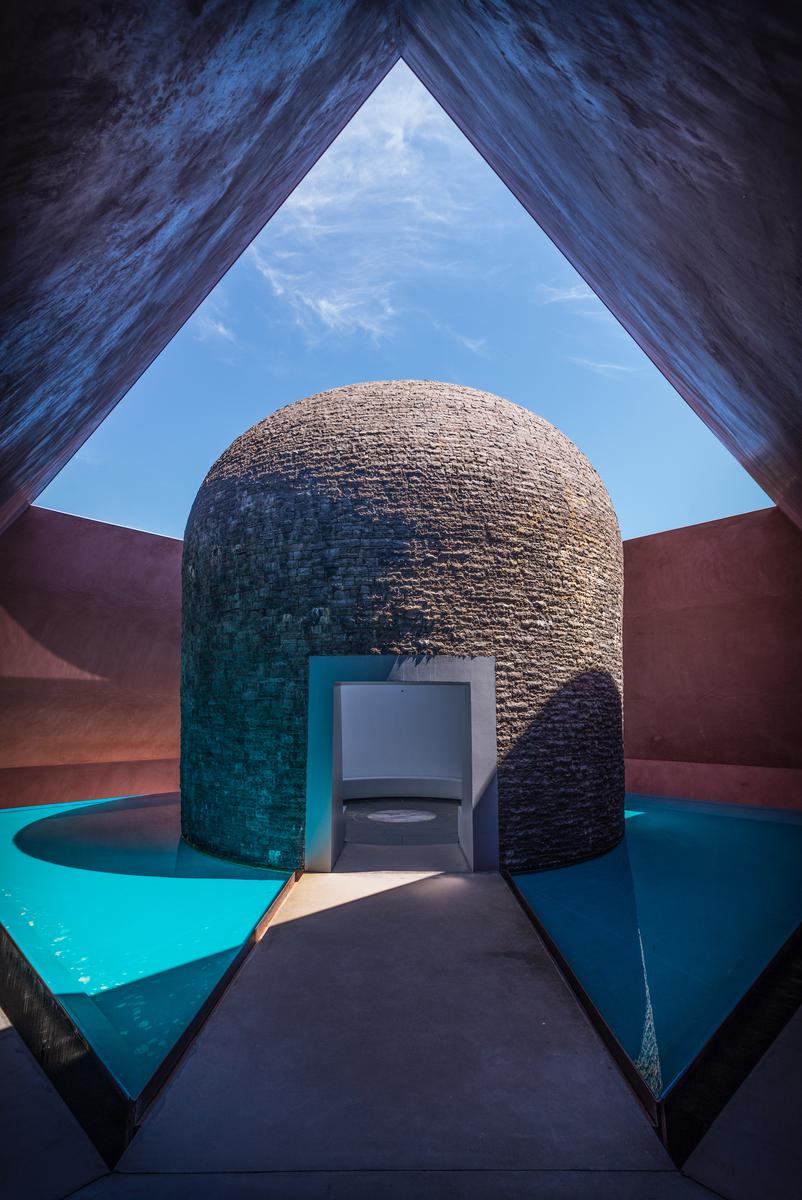
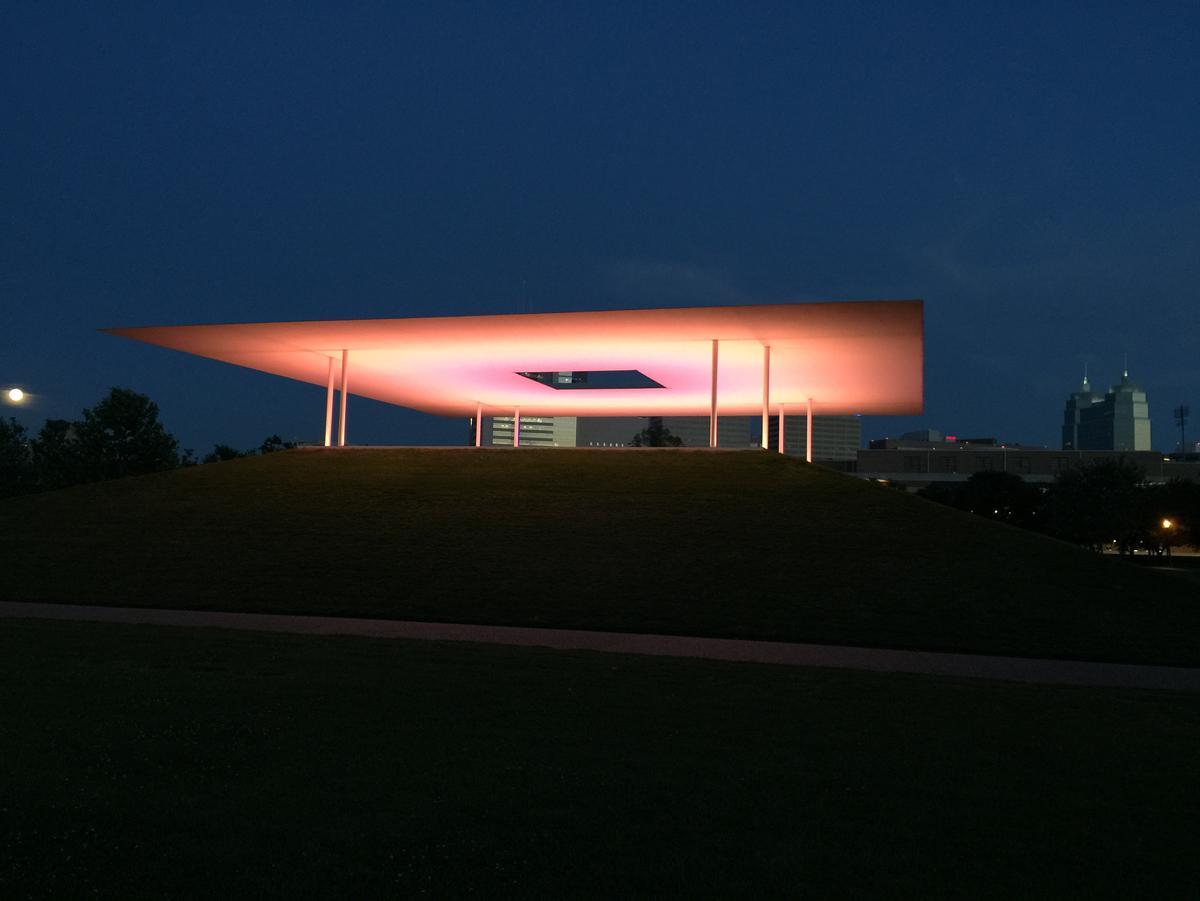
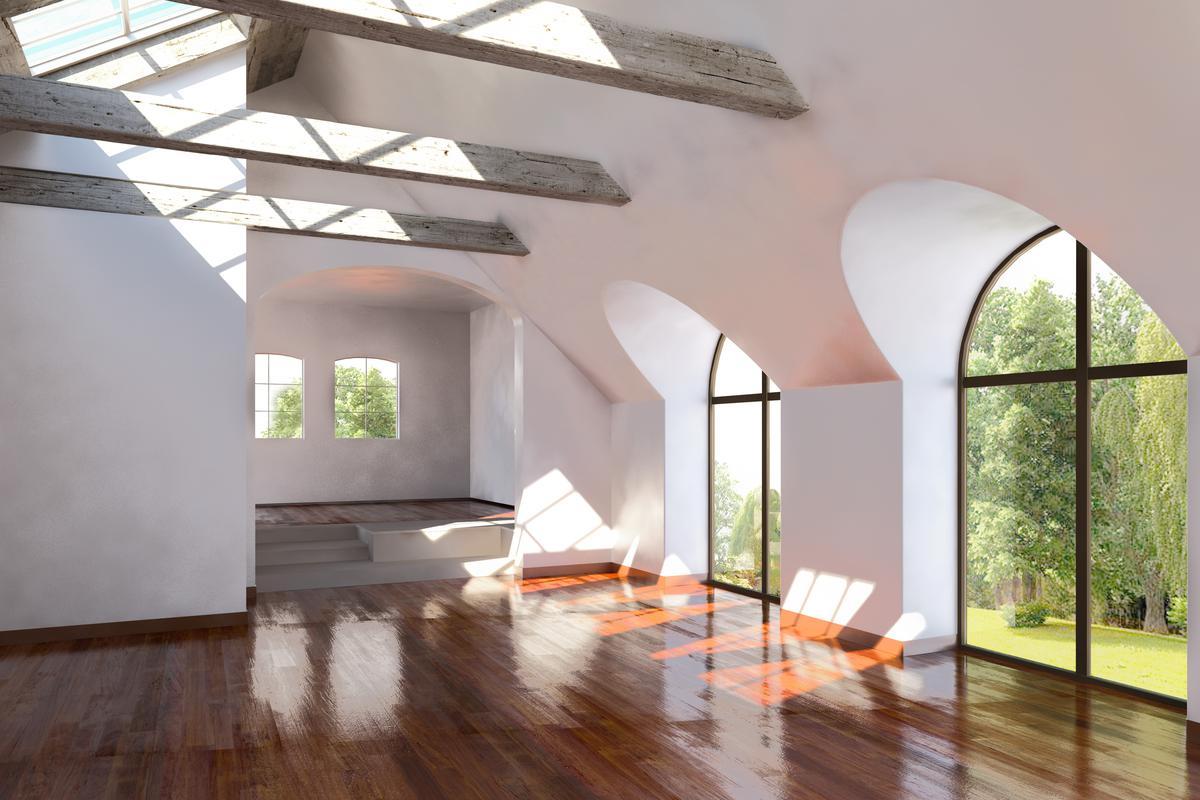
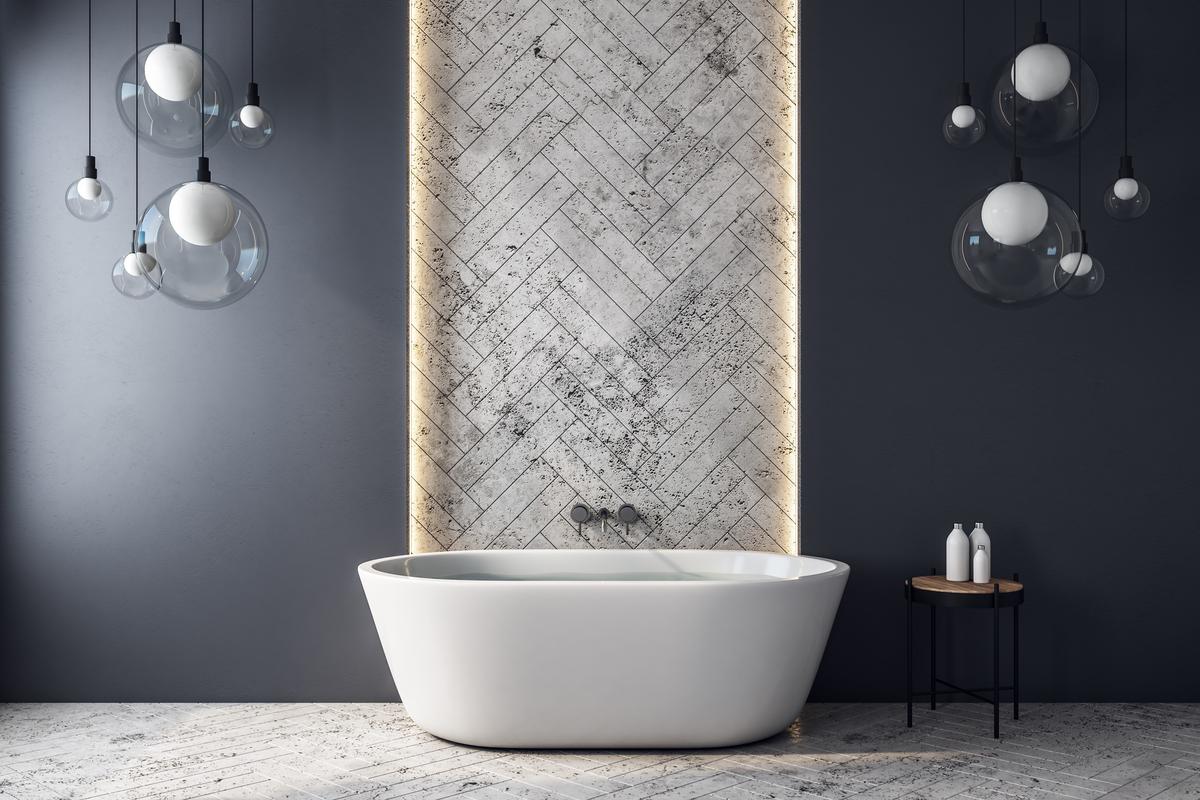
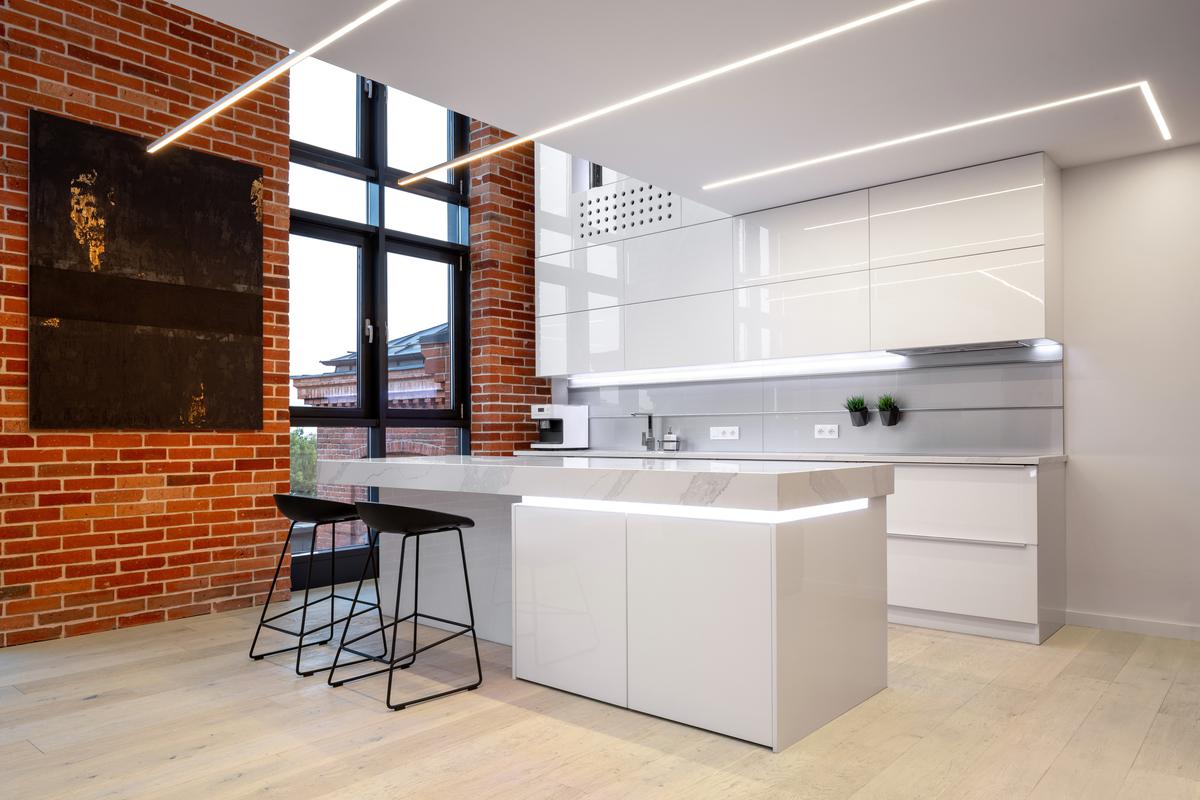
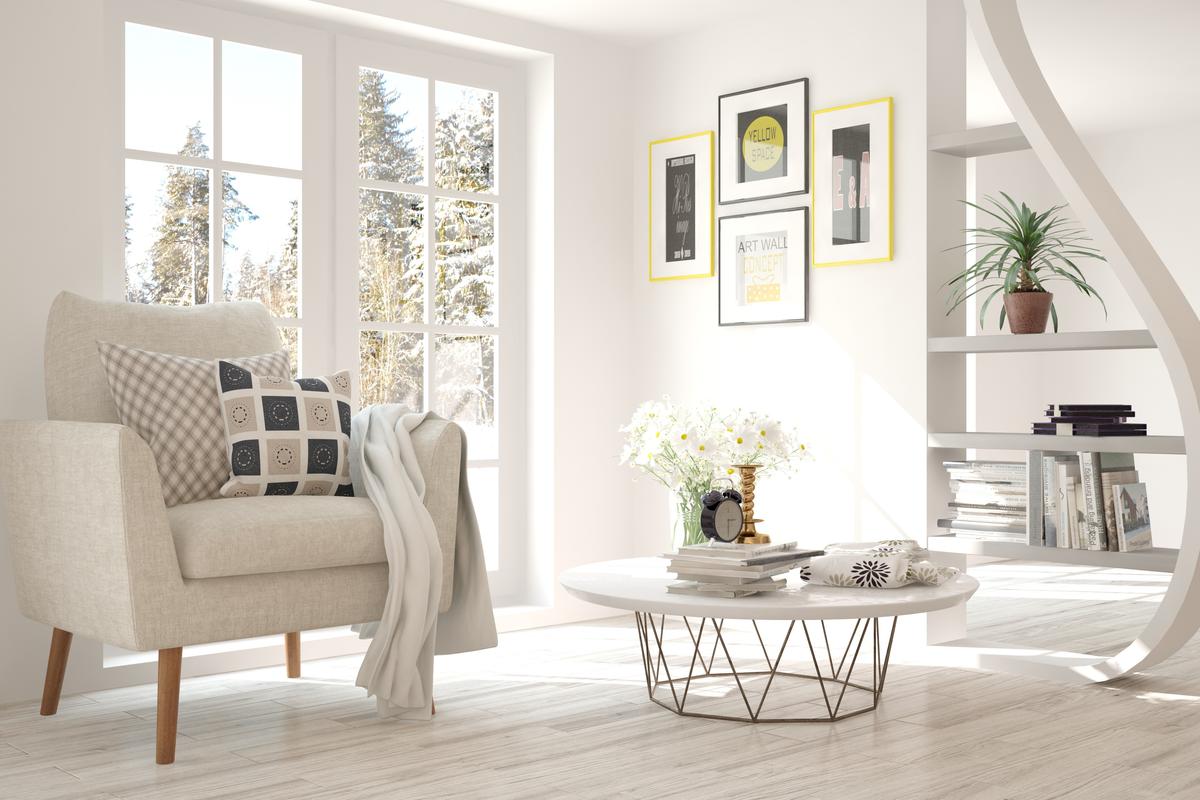
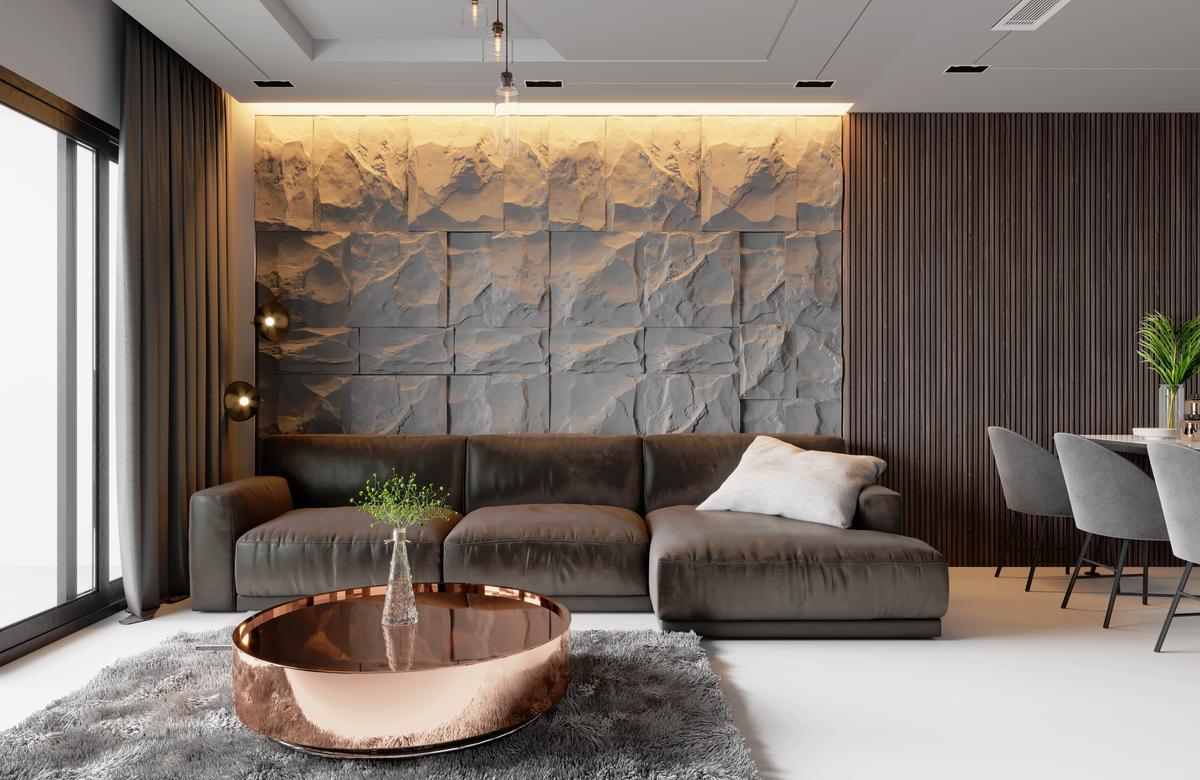
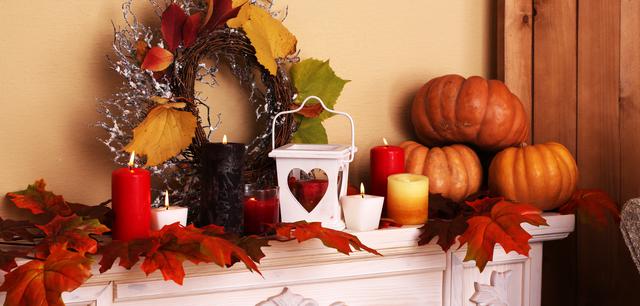

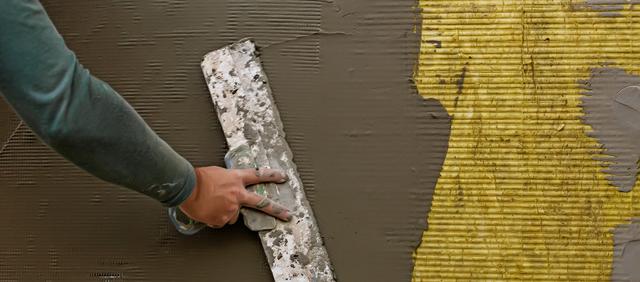

comments